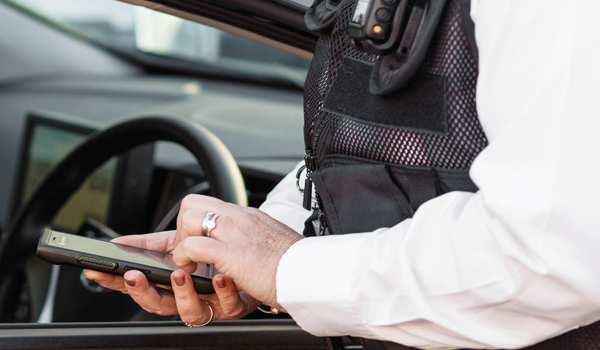Public call for more CCTV security following riots
Public support for CCTV surveillance has strengthened following the riots this summer, with 62 per cent wanting to see more in their local area.

Public support for CCTV surveillance has strengthened following the riots this summer, with 62 per cent wanting to see more in their local area.
An independent public opinion survey, commissioned by surveillance systems specialist Synectics, found that one in three people (37 per cent) said their support for its use in public spaces has now increased, with three quarters feeling safer in public areas knowing that CCTV is in operation and 72 per cent saying they would be worried if their local council reduced CCTV security to save money.
Azadar Shah, managing director at Synectics, commented: In the past, theres undoubtedly been public apprehension about the use of CCTV, but the research indicates that people now recognise the positive role it can play within a community.
Security camera footage played a high-profile role in the riots helping police identify and apprehend offenders and this appears to have made a strong impact on public support for CCTV surveillance. In fact, nine out of ten people actively support the use of CCTV footage to identify rioters.
In Bristol, one of the cities hit by rioters, 127 individuals were captured on camera, which led to 59 people being identified and charged.
Gordon Mclanaghan, Emergency Control Centre manager at Bristol City Council, said: Without CCTV footage it would have been virtually impossible to identify the individuals involved in the riots and gather the necessary evidence. In a crowd of 200 people it can be difficult to pinpoint individual actions, but CCTV footage provided to the police can be replayed as many times as required to identify each individual responsible and therefore provide critical evidence for investigations.
Mr Shah added: Advances in security technology have enhanced data sharing capabilities between local authorities and the police, so police can quickly access recorded camera footage for offender identification purposes.


